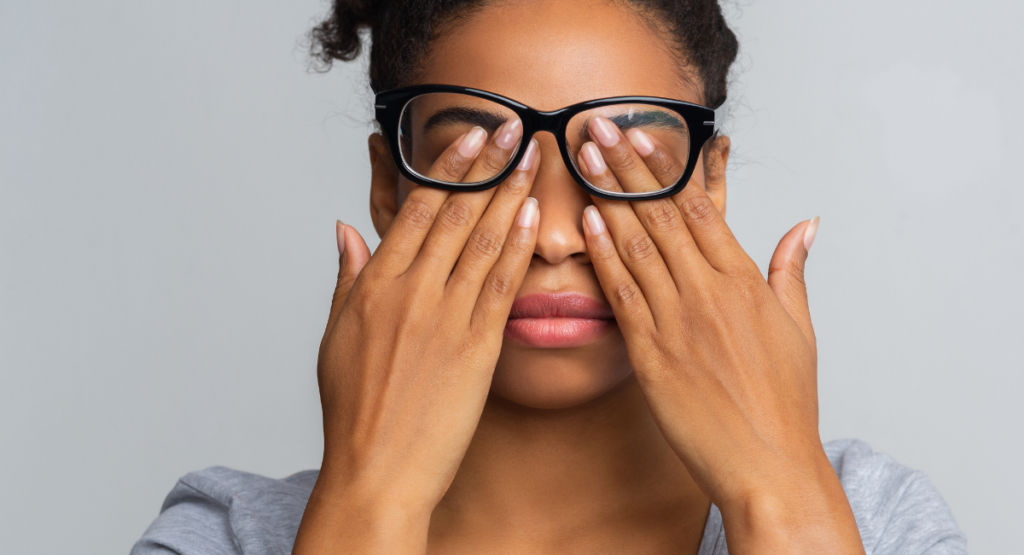
Even with the best of eyes, we often don’t see.
I discovered this truth while cleaning my office—a historic event that was part of a cleaning blitzkrieg. Now that the pace of “have-to-dos” around my book has slowed, it was time to turn my eyes (with apologies) to the other aspects of life I’ve neglected. Like the house.

I’ve managed my life over the years by developing what I call “selective vision.” While editing my book, I walked into my office, turned off my peripheral vision, ignored the piles of paper, knick-knacks, and dust, and went straight to my computer desk. My selective sight proved useful; the edits got done.
I’ve been practicing selective seeing since I was a child. Growing up in the 50s and 60s, I learned how to not pay attention to the onslaught of advertisers vying for my imagination. I read Vance Packard’s classic, The Hidden Persuaders. In 1957, it offered a prescient warning about “how our thoughts and feelings are manipulated by business, media, and politicians.” I decided not to let advertisers rule my mind. When I watched TV, I learned how to zone out during the commercials. I became adept at “not seeing.”

Given that the campaign to capture our attention has only intensified during the past sixty years, my training in selective vision proved useful. I try to let much of the news and ads wash over me without sticking. (My results are mixed.)
When I venture cautiously into social media, I try to steer around the dancing rabbits and clickbait strategically placed for me to trip over.
In today’s overcharged culture where “too much” comes at us every day, selective seeing is a survival skill.
Yet it comes at a price. I stop paying mindful attention to the world right in front of me.
A lesson from my office
 Cleaning my office brought the lesson home of what I wasn’t seeing. As I decluttered and cleaned, I noticed that I had stopped seeing much about my office. It wasn’t just the piles. I had stopped seeing and appreciating the pictures that hung on the wall. A poster celebrating the return of the wolves to Yellowstone had decorated my wall for seventeen years. Over time, the poster had blended into the wall and no longer delighted me. I decided to take it down, dust it off, bless it, and give it to someone who would see it with new eyes and love it the way I once did.
Cleaning my office brought the lesson home of what I wasn’t seeing. As I decluttered and cleaned, I noticed that I had stopped seeing much about my office. It wasn’t just the piles. I had stopped seeing and appreciating the pictures that hung on the wall. A poster celebrating the return of the wolves to Yellowstone had decorated my wall for seventeen years. Over time, the poster had blended into the wall and no longer delighted me. I decided to take it down, dust it off, bless it, and give it to someone who would see it with new eyes and love it the way I once did.
I needed the wall space to put up what did delight me: my new art. After clearing the walls, my husband Steve and I hung my art and other pieces I wanted near my desk. Suddenly, the office came alive, thanks to my seeing it with new eyes.
The costs of not seeing
While ignoring a poster is no big deal, the costs of not seeing what’s happening around us, especially on a cultural level, can be significant.
- We practice focusing on what we’re doing (like goals) and lose our peripheral vision.
- We see what we believe and ignore the rest. We view media that supports our politics (the good team) and can’t see any reason behind what others might believe.
- We don’t notice our biases and how they shape what we see. Experiments have demonstrated how people often see what they expect to see. (Like the famous gorilla experiment.)
- We fail to see who is missing or marginalized and not celebrated by the culture. (How long did the Academy Awards take to notice they hadn’t recognized a Native American actor?)
- We avoid seeing what is difficult. We see the sign in a department store that says “SALE” and ignore the homeless person sitting near the door.
- We delight in the magnificent “wonders of the world” and fail to see the art formed by patterns of light bouncing off the windows of the local convenience store.
Seeing and listening need space
To truly appreciate beautiful music, we must be able to hear silence.
To become visually perceptive, we may need to rest more in blank spaces.
Here’s one experiment to try: an eye break. Our eyes do so much for us, yet they rarely get time off while we are awake. Lower your head and let your hands support the weight of it. Let your eyes feel supported so they can shut and bask in blackness. Give them a rest.
Then, when you open them, take a moment to pause and see the world anew.
Balancing selective vision with mindful attentiveness
We need selective vision to live in our oversaturated society, yet we also need mindful attentiveness to see beyond the limits of what we already know.
Without that capacity, our creativity falters.
As I move more into making art, I need to wake up my eyes.
I have many ideas about how to do that, but I don’t want to tax your eyes by making this too long. Instead, I’ll pause, ask you for your ideas, and then share some “how-to’s.”










